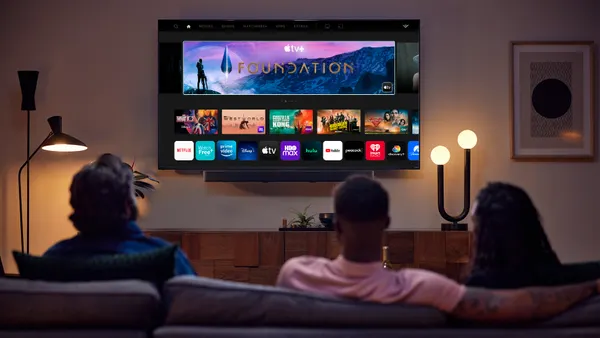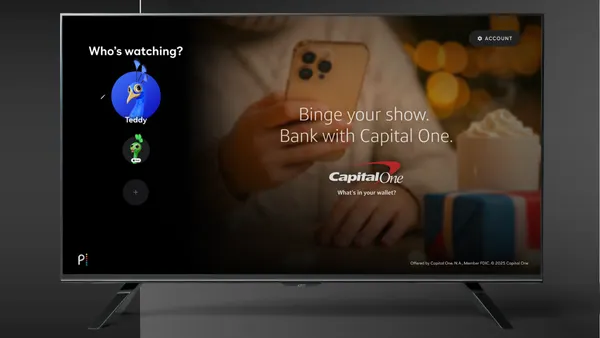Dive Brief:
- Les Moonves, chairman, president and CEO of CBS Corp., told an audience at the Deutsche Bank 2017 Media & Telecom Conference that TV networks will face off against digital properties like Facebook and Google in the next bidding battle for the rights to the NFL, according to Ad Age. The NFL's current deals are in place through 2022.
- Though Moonves is predicting a clash between tech companies and traditional broadcast networks, he sees traditional TV prevailing, suggesting it is still the most efficient way to reach a mass audience.
- "Look, the tech giants all want to be involved in the NFL. It's the best product in television," Moonves said, as quoted in Ad Age. "There's going to be a lot of activity. As we head toward that large deal, I think these companies are going to be part of it, [but] I think the NFL still believes in the sanctity of broadcasting."
Dive Insight:
While Moonves is likely right that broadcast TV will continue to have a strong foothold with the NFL — he noted "there’s a reason there's been no Super Bowl on cable" — he may be underestimating digital's growing traction, especially with coveted young consumers.
The CBS exec said there is a "belief and knowledge" you can’t get 115 million people watching the Super Bowl online, but a recent Burson-Marsteller's Fan Experience survey found that most viewers would actually be interested in streaming the game, with 77% of millennial respondents reporting that they would opt for a streaming option over watching on traditional TV.
This year’s Super Bowl broadcast on Fox pulled in 111.3 million viewers while the Fox Go live stream of the game had an average of 1.72 million viewers, per Ad Age.
Almost all major sports leagues, including the NFL, have turned to social media live streams as a way to reach a growing stable of cord-cutting viewers. The NFL live streamed 10 of its Thursday Night Football games last season on Twitter, and Twitter has stated it plans to double down on its overall live video offerings this year. Facebook, which has over 1.8 billion users, has also seemed to inch toward more sports streaming, and is reportedly in advanced talks with the MLB to broadcast one game a week next season through its live video feature.
Several outlets for TV sports coverage also appear on the wane. ESPN, once a powerhouse in the space, has been shedding subscribers. Because of these losses, ESPN trimmed hundreds of behind the scenes jobs two years ago, and Outkick the Coverage now reports that it is planning to cut around $100 million in on-air talent salaries.












